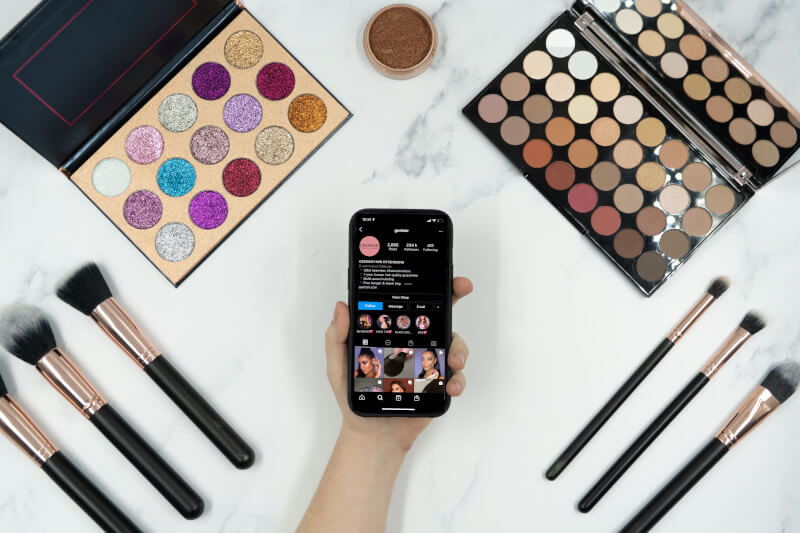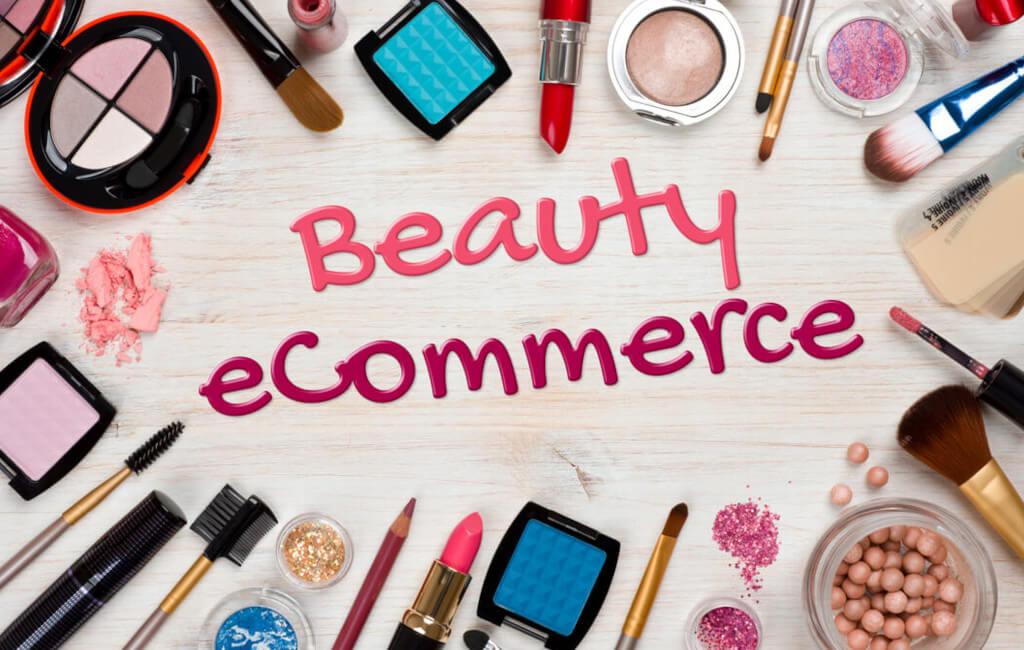The days when just a handful of well-known brands controlled the majority of the market in the beauty industry are officially over. Now, as more people shop online, the universe of e-commerce beauty products has risen to nearly $94 billion, and it is packed with a variety of start-up e-commerce cosmetics companies that are focusing on previously dismissed or undiscovered nooks of the market.
The fact that customers’ beauty habits are no longer influenced by the desires of a select group of company leaders is fantastic news for those buyers. Ambitious young business owners who are looking to sculpt out their specialized markets can also benefit from it.
On the other hand, this indicates that there is more competition than ever before, and things are only going to worsen from here on out. Even though customers cannot try out products before buying them online, smart beauty brands that sell their products through e-commerce are unfazed. The following are some strategies that the most successful online beauty brands use to cut through the clamor, build connections with their customers, and boost their online sales.
Carry Out in-depth Market Research to Locate a Specific Pattern or Niche

Instead of trying to create something completely new, it is advisable, given the competitive nature of the beauty industry, to focus on a developing pattern or an unfilled void in the market. This requires conducting preliminary research into the competitive landscape of existing products along with prospective customers and the requirements they have.
Remember that market analysis isn’t restricted to the product lines themselves; it can also encompass brand differentiations, such as an organization’s values or principles. Health on Point is a good example of a health and wellness brand that incorporates beauty products that simultaneously benefits your overall well-being. Visit Health on Point’s website to see how they seamlessly offer services and products that slot in with their brand. In the early stages of market research, you must also focus quite heavily on conducting customer satisfaction surveys. After all, once you have an understanding of who your consumers are and what it is that they want, you will be able to serve them better.
The great news is that accomplishing this won’t be too difficult. First things first, have a conversation with the clients you already have. Ask them why they buy from your company and what you could do better to earn their continued business. You can accomplish this through email, chat, or the phone, or you can even ask staff to assist if you have physical sites where consumers can also shop.
Master the Art of Branding
Even though there is more to a book than what’s on its cover, the beauty industry is inextricably linked to the concept of a beautiful exterior. As a result, the image that an online beauty store sells should be the one that is desired. This means that all aspects of the brand, including the name, the logo, the font, the color palette, the imagery, and other aspects, need to be perfect.
Each of these components has an impact on the impression that your potential customers get of your brand. You should consider what it is that makes your brand stand out from the competition and then incorporate that into your branding. One excellent illustration of this is the cosmetics brand known as Redhead Revolution, which broadens the scope of options for red-haired customers by providing solutions and products that are specifically tailored to their needs.
Strive for Perfection in the Packaging
Packaging is essential in the beauty industry, perhaps even more than in other industries. In addition to the protection it provides for your products, it also gives you another opportunity to demonstrate to the world what your company stands for. And this is true both literally and metaphorically in terms of how it tends to make customers feel, in addition to how it displays essential information such as ingredient lists or expiry dates.
Emphasize the Results of the Product
Customers in the beauty industry typically have very specific objectives. For example, they want their eyelashes to be thicker, their lips to be fuller, and their hair to have more volume. Consequently, popular beauty brands do not exhibit humility. Instead, they boast about the capabilities of their products and make it simple to locate the relevant information about them.
Consider it as a means of assisting prospective clients in visualizing themselves in the future. And doing so does not necessarily require the use of verbal expression. This can be accomplished by some brands, through the use of before and after images featuring a variety of models.
Beauty companies must provide accurate product descriptions on their websites, as these play a significant role in the overall experience that customers have. In addition, applications such as EasyTabs can assist in arranging product information in tabs that facilitate simple navigation.
Address The Concerns of Customers

The pursuit of beauty is innately individualistic because goods are directly applied onto the bodies of customers, most commonly on their faces. Consumers have a natural tendency to be cautious of brand names that they are unfamiliar with, especially when it comes to businesses that focus primarily on digital marketing. Because of this, it is essential for e-commerce beauty brands to provide frequently asked questions (FAQs) that provide answers to popular queries about ingredients, shades, skin types, and the possibility of bad effects. According to studies, customers who don’t get answers to these concerns will completely abandon a potential purchase if they don’t get them.
Before committing to a purchase, the vast majority of customers now consult reviews first. This is particularly true in the beauty industry, as customers who shop online for beauty products are unable to test them out first. Using an application such as Yotpo, businesses can easily showcase reviews and ratings on their websites, in addition, to collecting feedback from customers and sharing the best of it on Social media such as Facebook.
Make Available Product Packages in Addition to Subscriptions
Grouping products together is another method that can be utilized to boost sales. Companies in the beauty industry have been using this strategy for a long time to increase the value of their customers’ carts by enabling the purchase of items that go well together. Additionally, it assists in the introduction of new products, which can potentially increase sales in the future.
One useful piece of advice, if you don’t know which items to promote together, is to utilize Google Analytics to determine what consumers have already been buying together and then sell those products together. From that point on, the bundles almost establish themselves.
Offering memberships is another strategy that can be used to generate sales. When it comes to the beauty industry, this is a particularly astute move because it helps users avoid looking at the products offered by rival companies if they run out of a particular product. Rather, another one from your brand is delivered right to their doorstep. Just make sure to send email notifications before each order is delivered to avoid having consumers who are upset about unexpected charges.
Alleviate Decision Fatigue
Although diversity is the taste of life, it can leave customers feeling overwhelmed and paralyzed in the beauty industry. Because of this, popular e-commerce beauty brands provide customers with a selection of products rather than an infinite number of customizable options. They accomplish this by supplying only those products that can be easily differentiated from one another, allowing clients to quickly evaluate the products and make choices concerning their purchases. You should also consider including a quiz on your website to assist site visitors in selecting the appropriate products.



